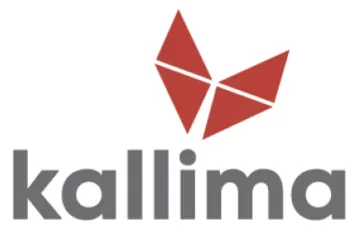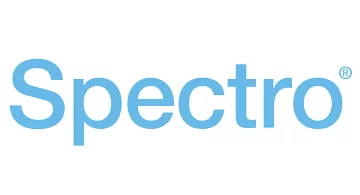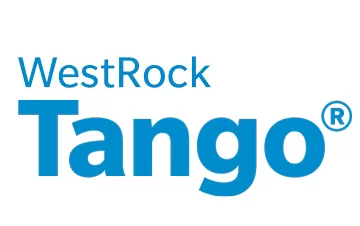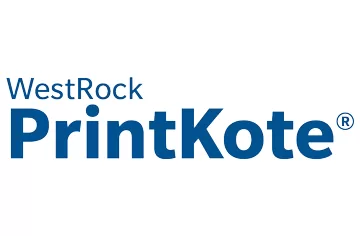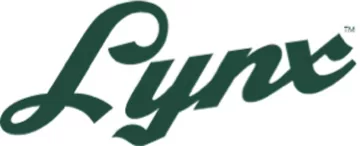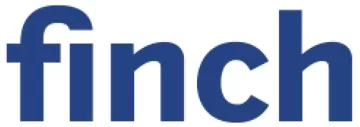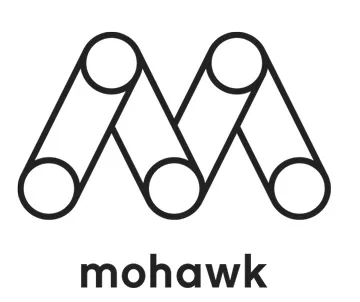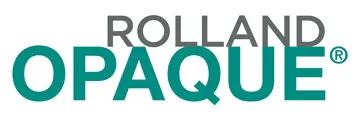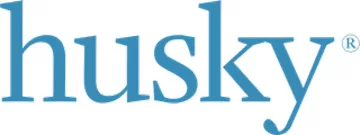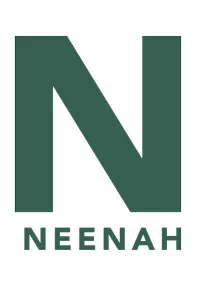Choosing the Best Paper Types for Your Printing Projects:
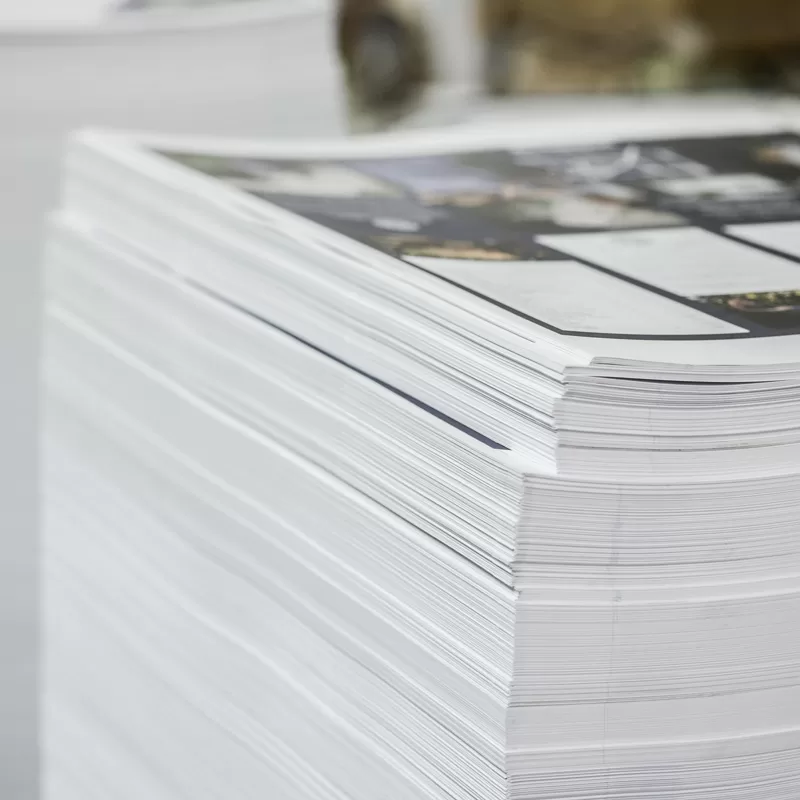
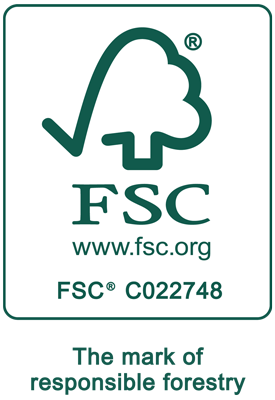
FSC® Certified Paper
At Printing Partners, we understand the importance of sustainability in printing. Our FSC® Certified Paper options reflect our commitment to environmental stewardship while ensuring high-quality print results. FSC (Forest Stewardship Council®) certification means that the paper is sourced from responsibly managed forests that provide environmental, social, and economic benefits.
FSC certified papers are ideal for businesses and individuals looking for eco-friendly printing solutions without compromising on quality. Whether you are producing corporate reports, marketing materials, or custom packaging, choosing FSC certified paper helps promote sustainable forest management and supports your green initiatives.
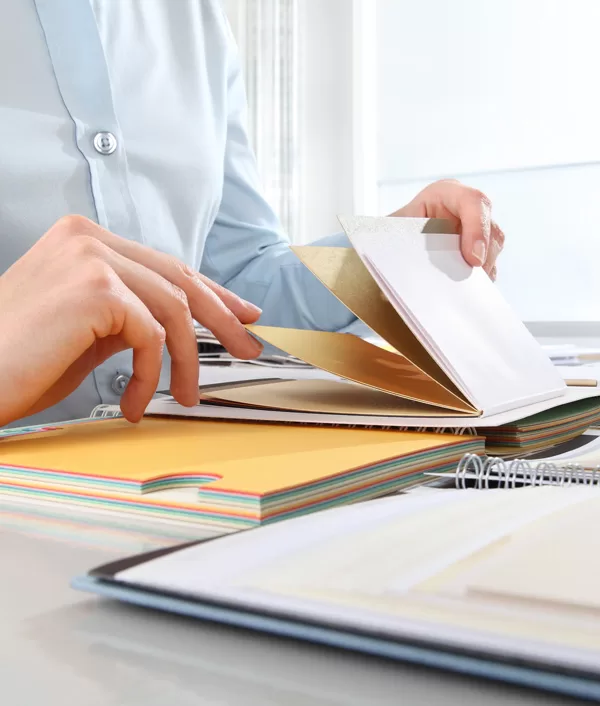
Coated vs. Uncoated: What's the Difference?
Coated sheets feature a glossy layer that enhances durability and makes colors pop—perfect for photographs and vibrant prints. Uncoated sheets, without this gloss, have a natural texture conducive to readability and writing. They absorb ink differently, yielding softer color reproduction, ideal for everyday printing where ease of reading is paramount.
- Coated Paper: This type is often called gloss when it has a high shine and matte when it is less shiny. A coated finish is great for making images look sharp and vibrant.
- Uncoated Paper: This is the most common type of paper used in offices. Ideal for printing documents that need to be easy to read, like reports and forms.
Coated Paper
Shiny FinishCoated paper, with its glossy texture, improves print quality by providing clear details and reducing ink spread. Its special coating stops the material's fibers from soaking up ink. This makes images and text look sharp and bright, as though they have just come off the printer.
This type of paper is available in finishes such as gloss, matte, dull, and satin. These choices make it adaptable for kinds of projects.
Deciding between glossy vs. matte paper often comes down to the purpose of your printed material. Glossy finishes, with its vibrant colors and shine, is suitable for photographs and marketing materials that need to pop. Meanwhile, matte finishes offer a more subdued look that's easier on the eyes for reading. Understanding these differences can help you choose wisely based on the context of use and audience preferences.
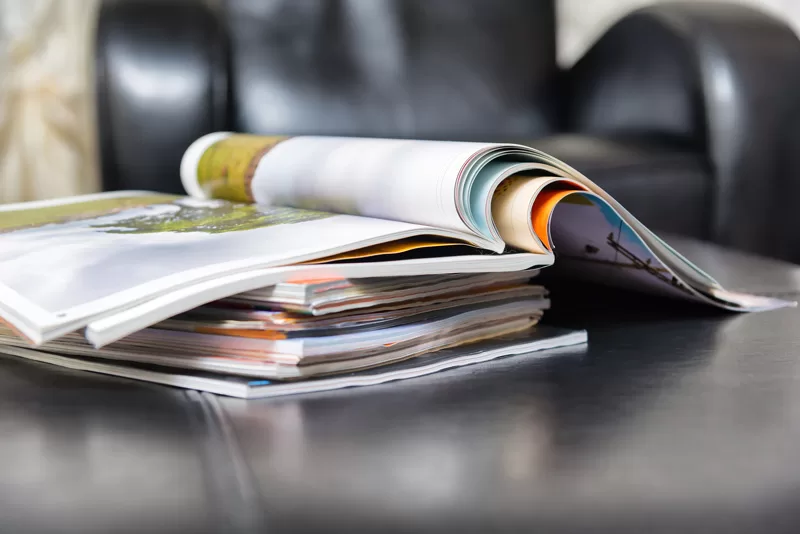
Many brands of Coated Sheets exist.
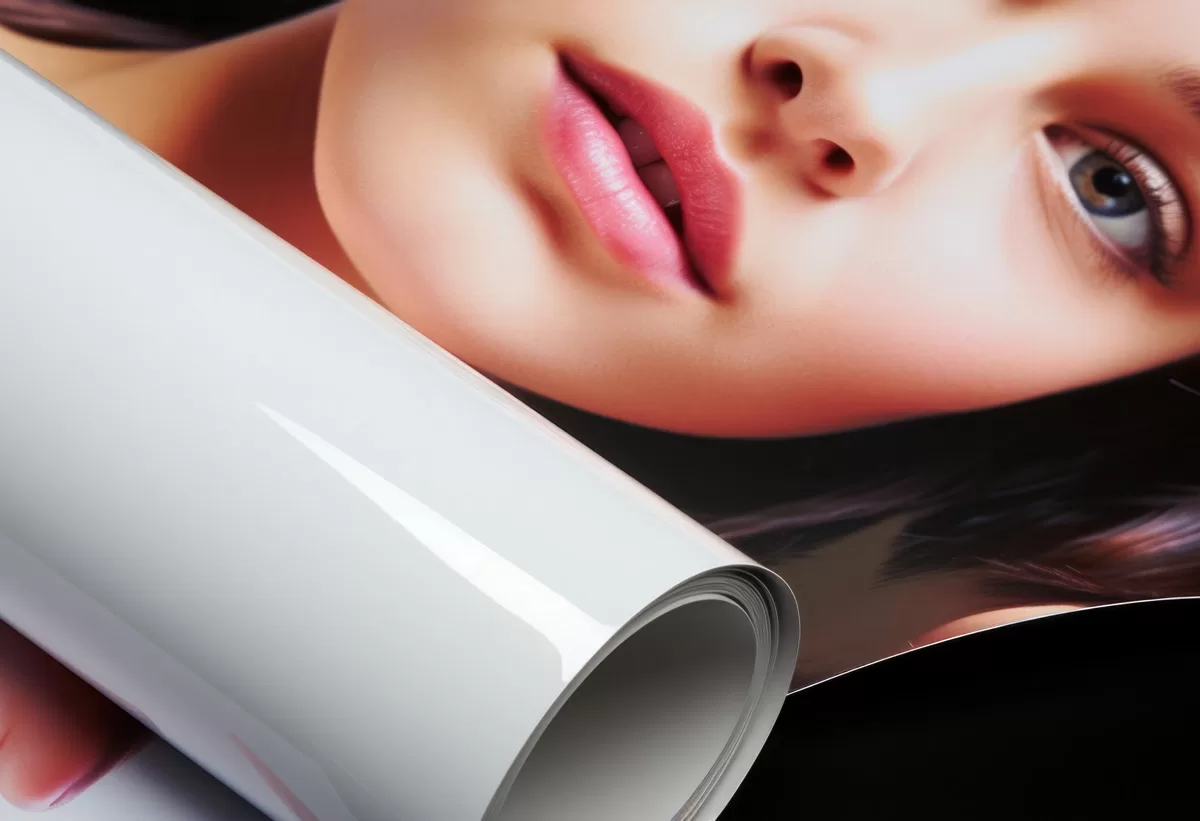
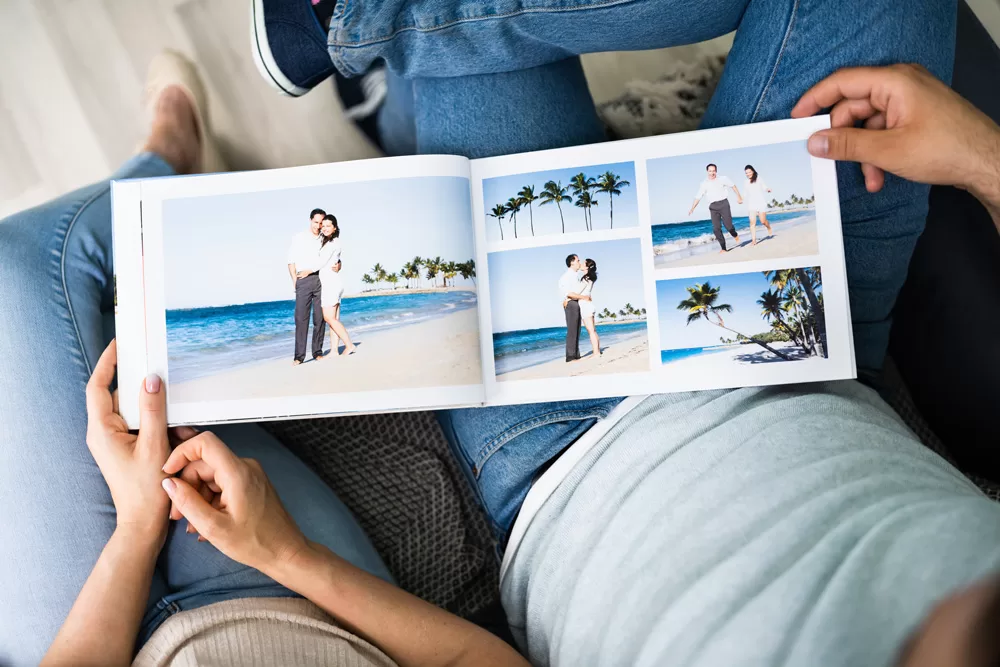
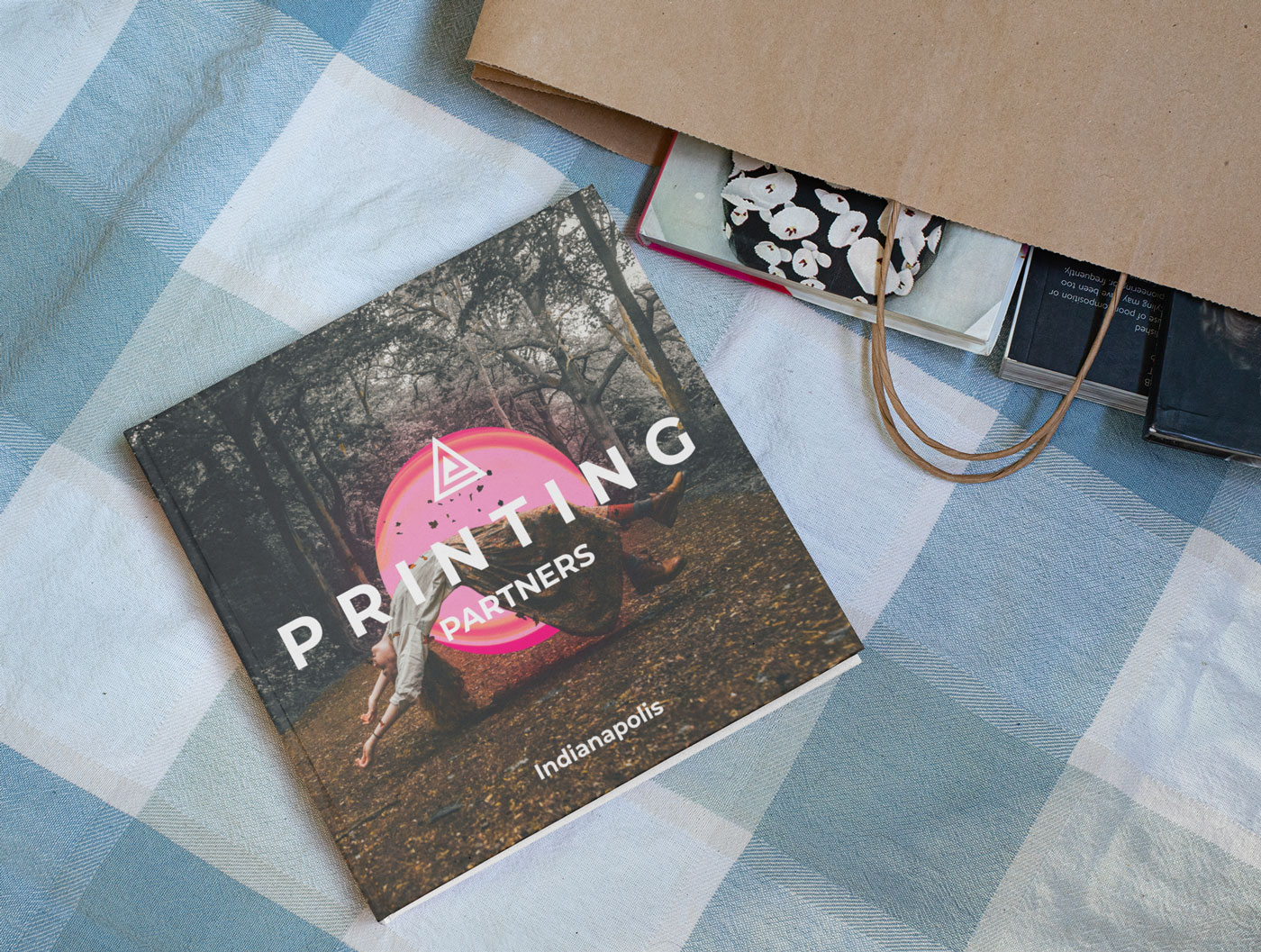
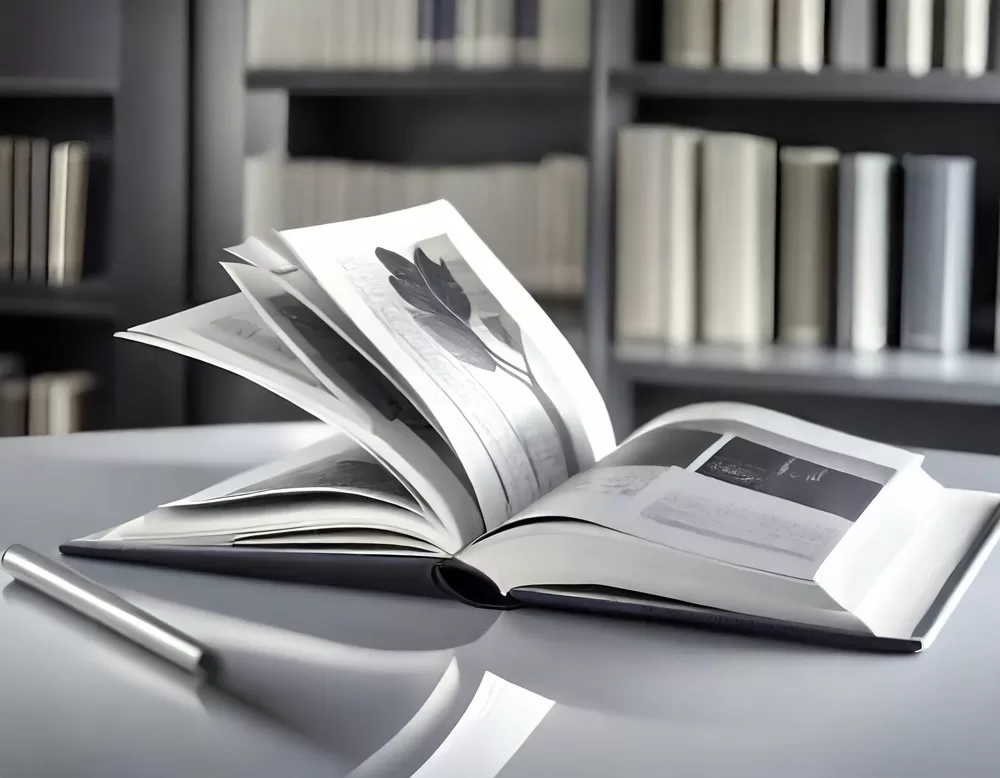
Coated One Side (C1S) and Coated Two Sides (C2S)
One Side Coated (C1S) paper is ideal for printing book covers and packaging. Perfect for situations where the outside appearance is important, but the inside does not need to be as fancy.
C1S has a coating on one side that provides a smooth and glossy finish. The printing industry commonly uses this type of substrate for its versatility and high-quality appearance. It provides a glossy exterior with an uncoated interior, offering a cost-effective solution for various applications.
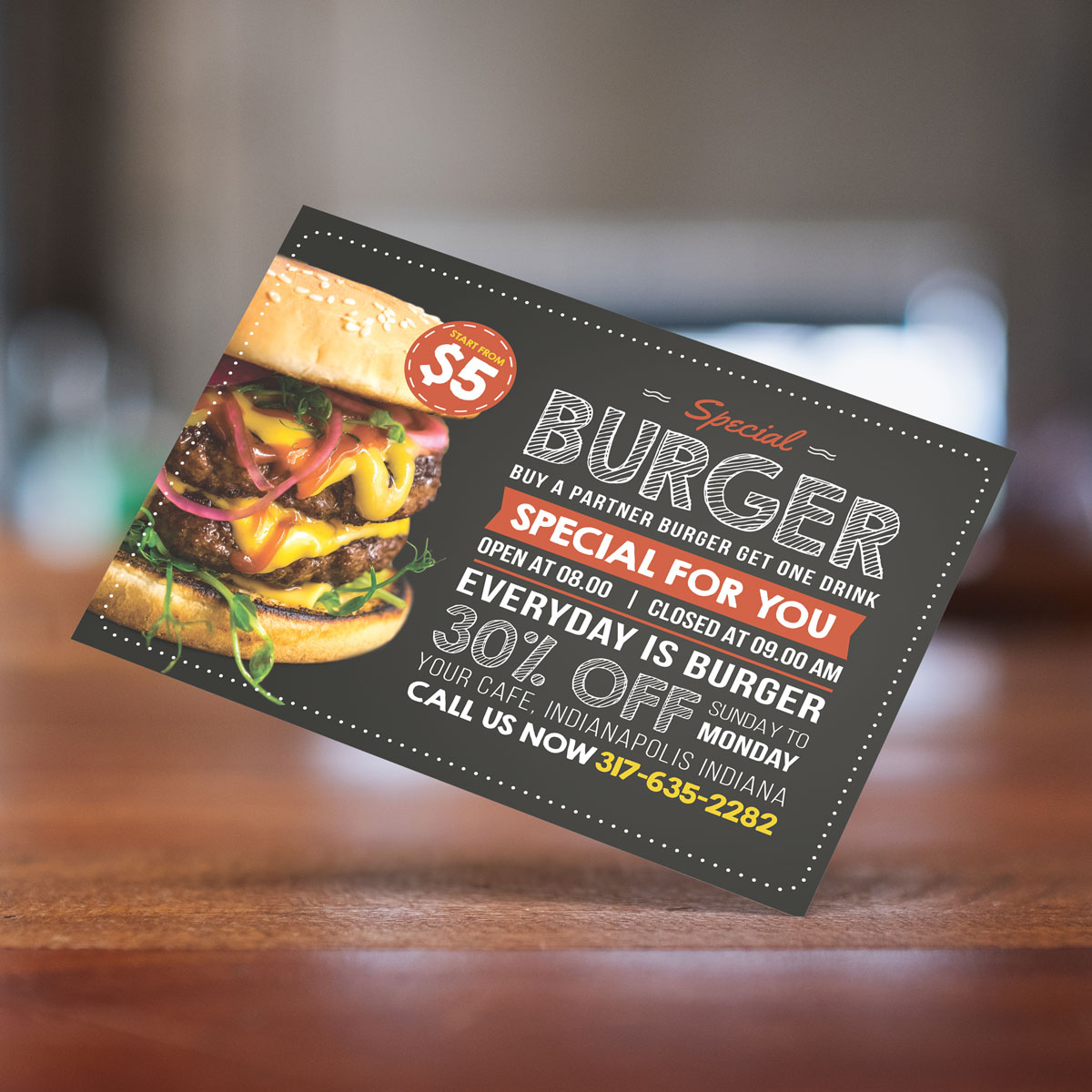
Uncoated Stocks:
People like uncoated paper because it has a natural finish. Perfect for writing and printing without any added shine. This material absorbs ink more deeply, resulting in a softer visual effect. Great for business stationery, books, and any project where a tactile feel and easy readability are important.
No shortage of options exists within this category. You can select from finishes like wove or smooth, and textures such as linen, to suit different preferences.

Numerous Uncoated Sheet Brands Exist
Wove or Smooth Paper
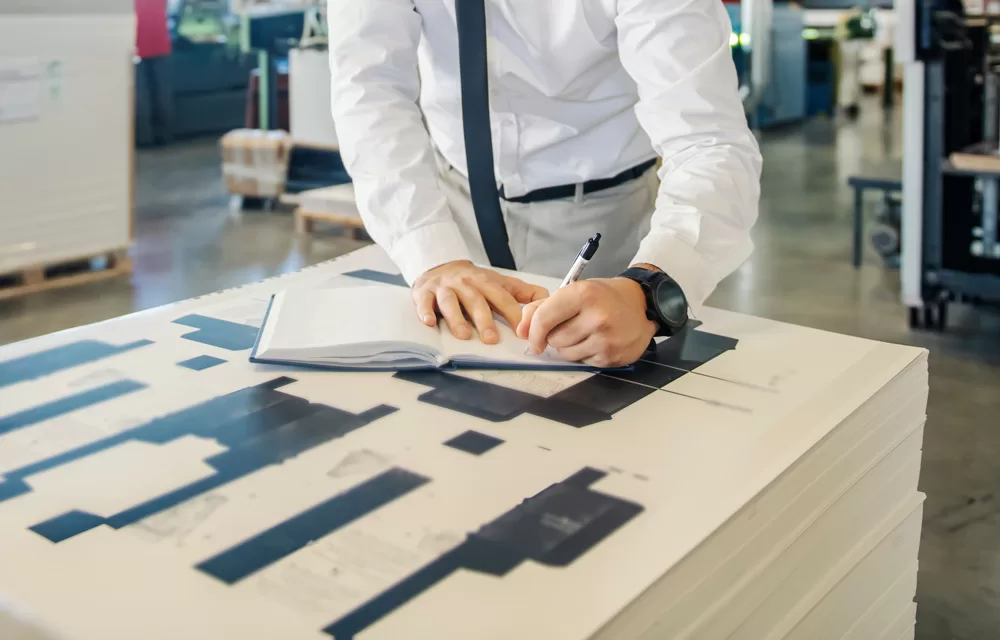
Laid Paper
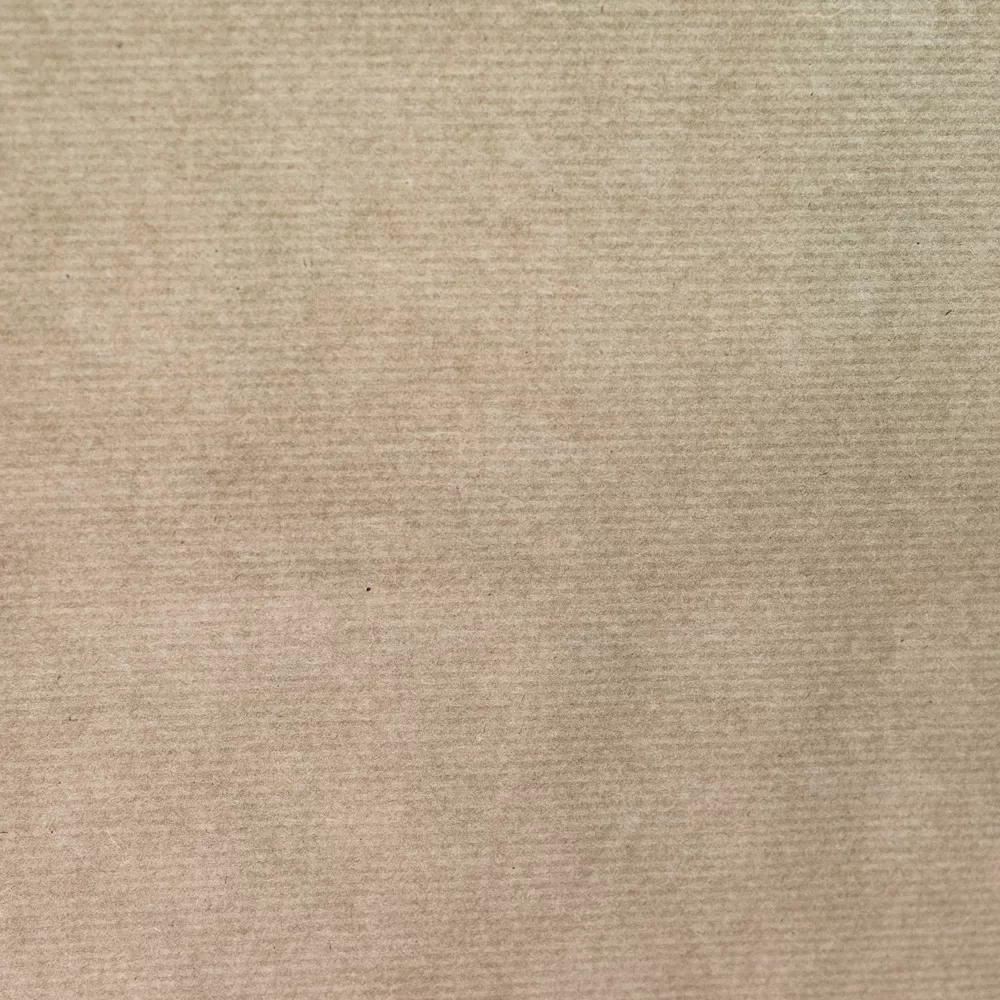
Linen Paper
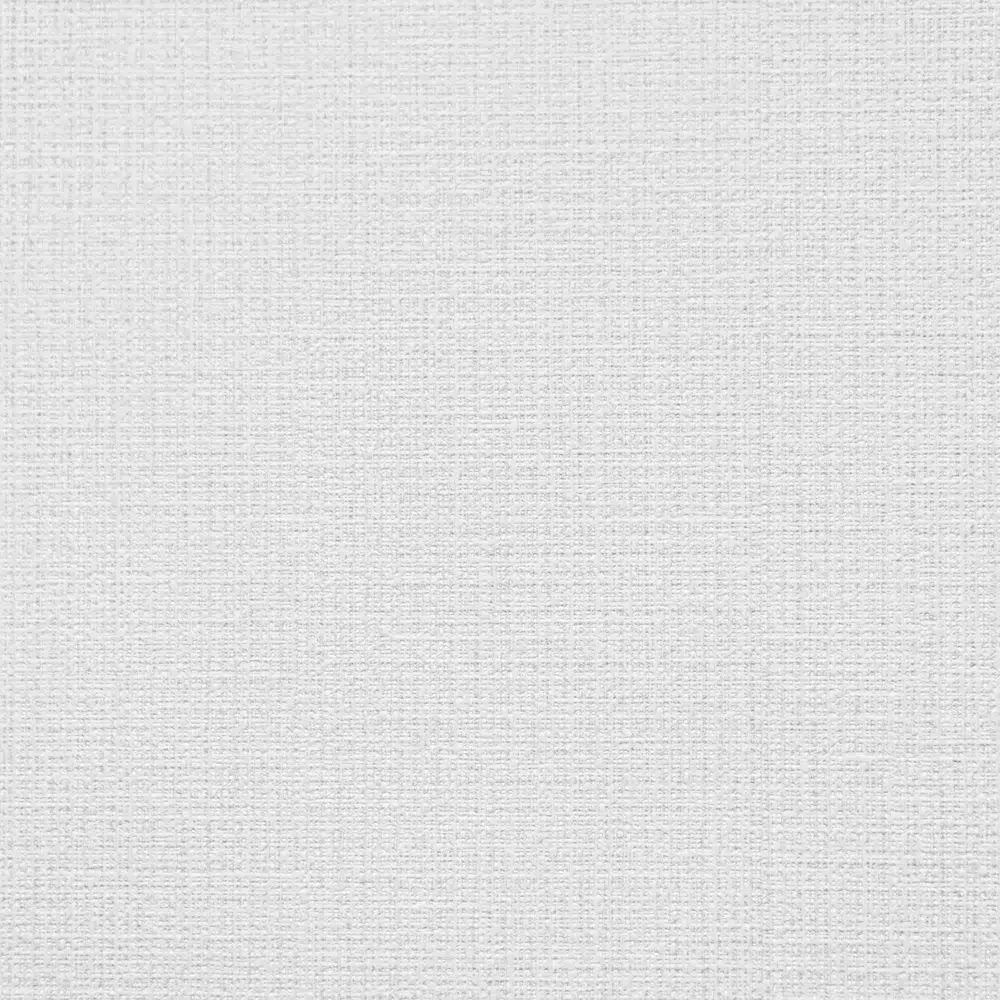
NCR Carbonless
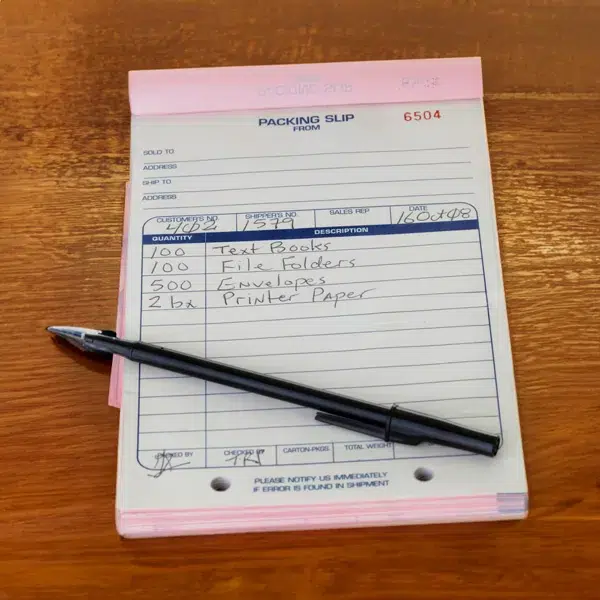
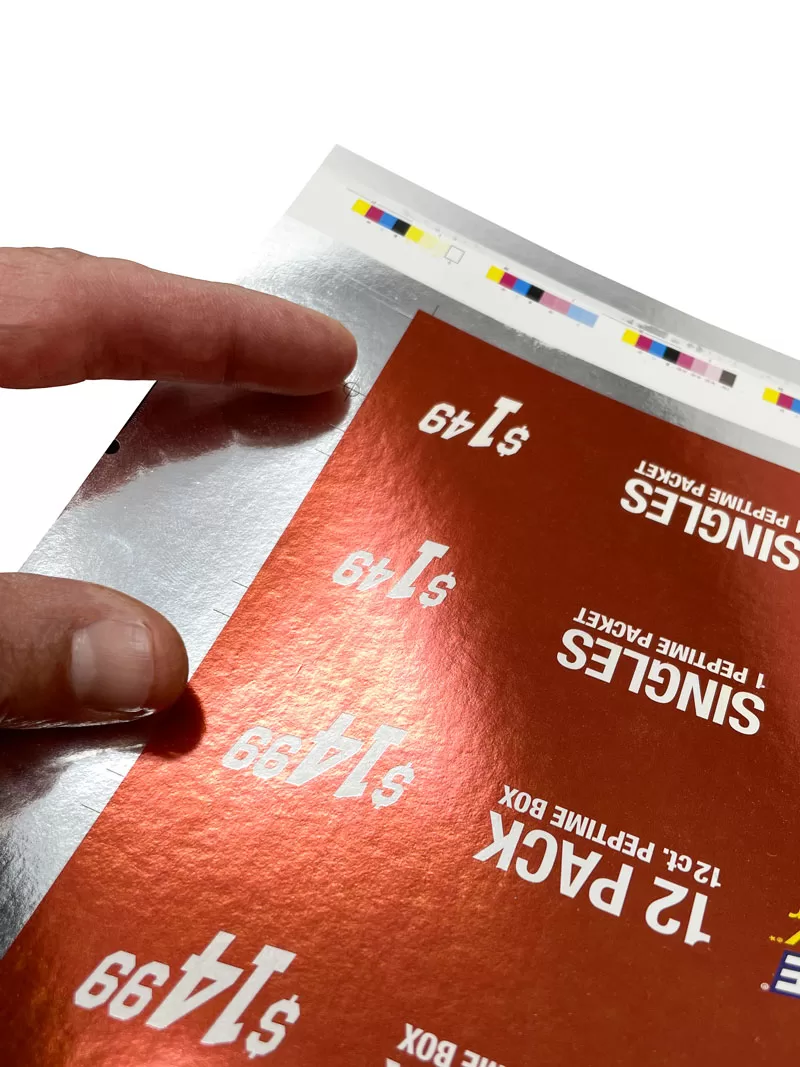
Specialty Papers
Like Mirror Paper
Specialty substrates cater to unique aesthetic and functional demands. Among the standout options:
- Mirror Paper: (18pt C1S Brilliance Silver Metallic Polyester shown here) has a shiny finish that looks like a mirror. Perfect for making visually appealing presentations and premium business cards. The luxurious sheet catches people's attention with its design. Ideal for creating high-quality printed materials.
- Recycled: Ideal for eco-conscious projects, made from post-consumer waste.
- Metallic: Adds a shimmering luxury to invitations and upscale cards.
- Translucent (Vellum): Provides an elegant, semi-transparent finish for overlays and special projects.
- Water-Resistant/Waterproof: Essential for materials used in outdoor or damp conditions.
- Security: Offers protection for important documents against forgery.
- Kraft: Valued for its durability and natural look, perfect for eco-friendly packaging.
- Self-Adhesive: Used for convenient labels and stickers that require easy application.
- Synthetic Polyester and Magnet-Backed: Durable choices for challenging environments and promotional materials that need to adhere to metal surfaces.
Paper Weight
The sheet's weight is a key factor that impacts the durability, handling, and print quality of your projects. It is often measured in two ways: pounds and points.
-
Pounds (#): This measurement indicates the weight of a ream (500 sheets) of paper cut to a standard size. For instance, a text weight might range from 60 to 100 pounds, suitable for the inner pages of books and brochures, indicating a lighter, thinner paper.
-
Points (pt): One point equals 1/1000th of an inch. Paper described as "12 pt" is 0.012 inches thick. This measure is typically used to describe the thickness of cardstock or cover stock, providing a direct indication of paper stiffness and durability. Higher point numbers mean thicker, sturdier paper.
Measuring Paper Weight
Accurate measurement of paper thickness ensures that you select the right paper for your needs. Tools like calipers, thickness gauges, and micrometers are essential for measuring paper thickness precisely, confirming that the paper meets your project's quality standards.
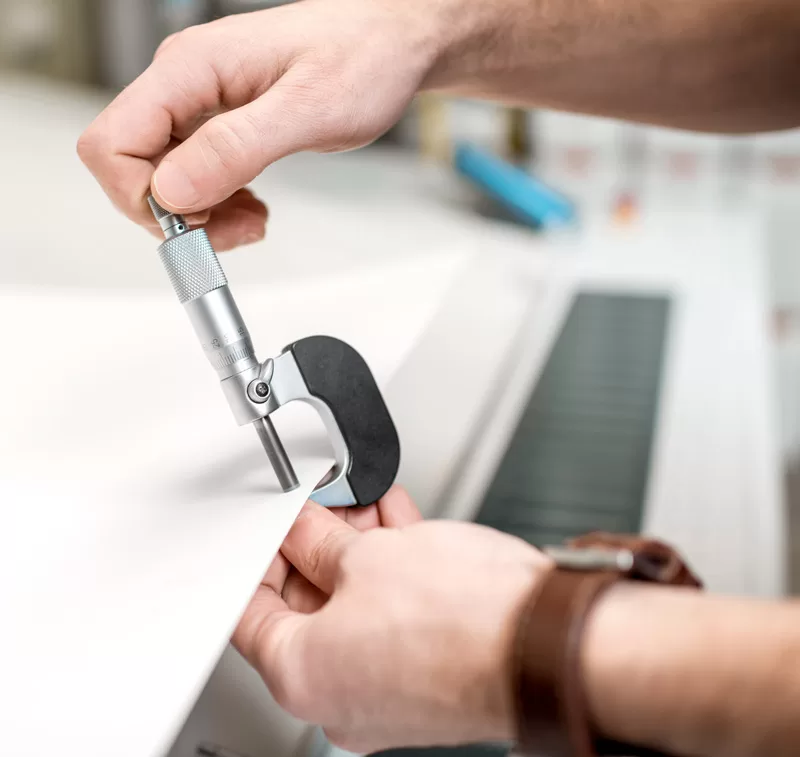
Text Weight
Text weight ranges from 70# to 100#, thicker than standard writing weight but lighter than card stock, perfect for many uses. The 70# type is great for brochures and catalogs; thick enough to stop ink from bleeding through, vital for printing on both sides.
The 80# variant, is heavier, suits premium magazines and corporate reports that require a high-quality feel. The heaviest, 100# text weight, has a substantial feel, ideal for book covers and upscale marketing materials. As the weight increases, so does the thickness and opacity, providing a wide variety of options for different project needs.
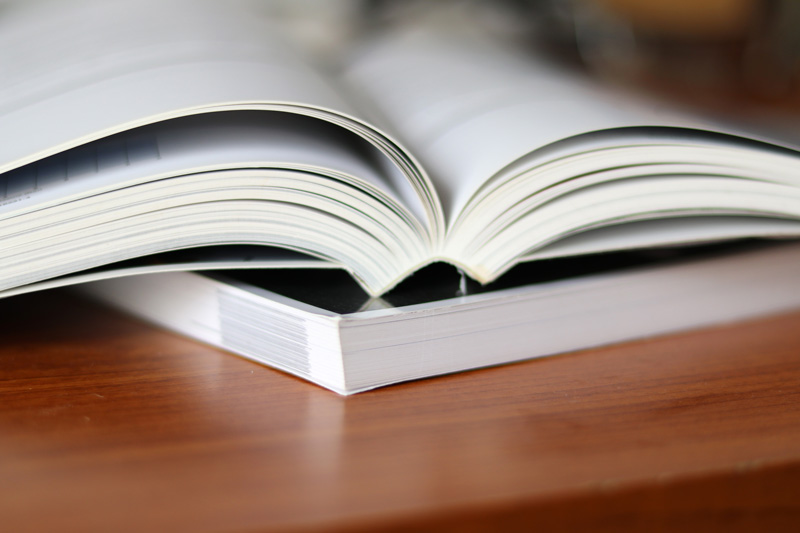
Writing Weight
Writing weight, usually used for official letterheads and stationery, commonly includes 24# and 28#. The 24# strikes a balance between strength and usability, favored for business letterheads and professional documents. In contrast, the 28# is heavier than 24#. Perfect for upscale impressive look. This weight can feature a watermark, adding a sophisticated touch.
For everyday business communication, 24# paper works well, offering a professional appearance without being too thick. For more formal or high-level communication, the sturdier and more refined 28# paper is the choice. Writing weights are adaptable and fitting most printing methods. They also serve well for a range of personal and professional communication needs.
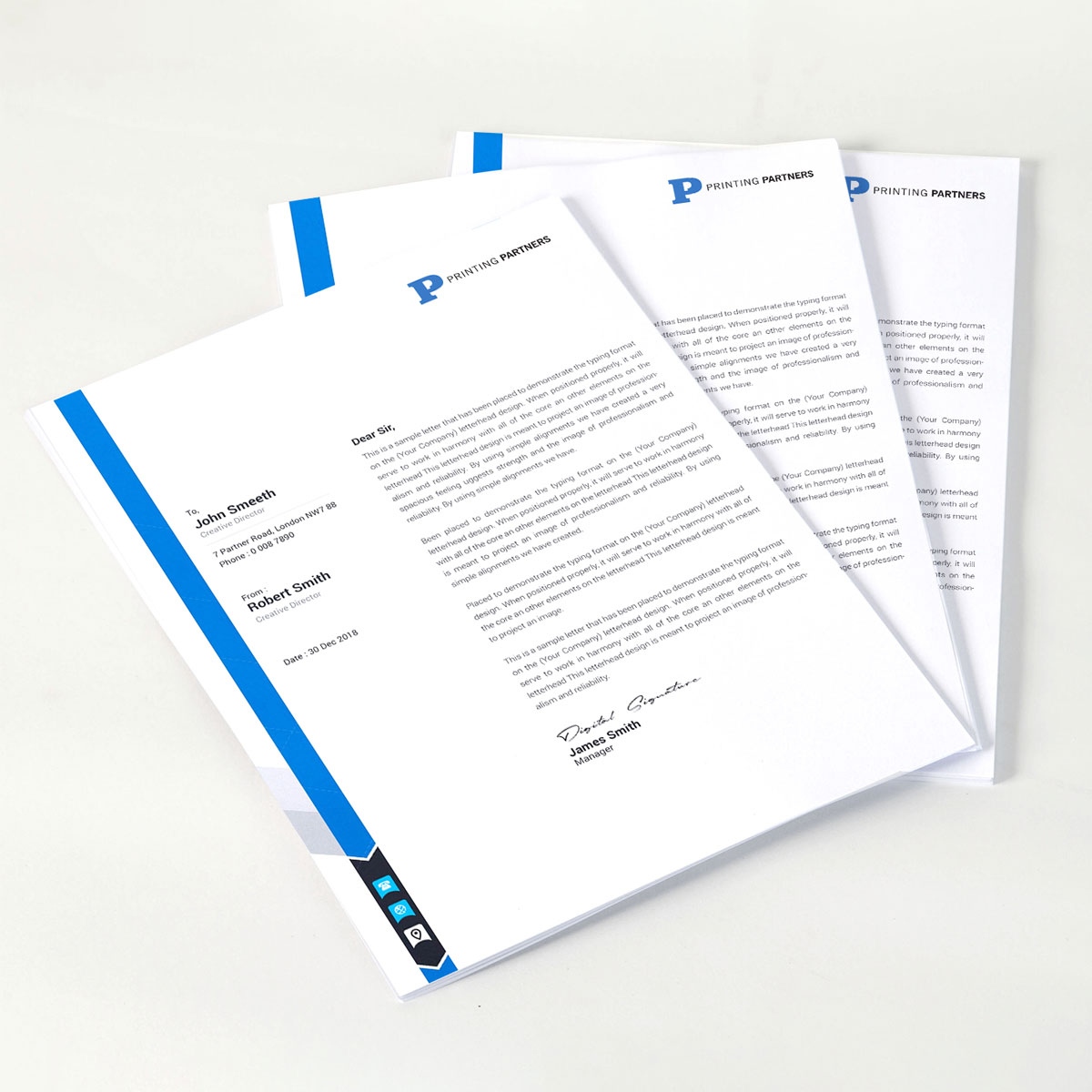
Cover Weight
Cover stocks, with their heavy weight and stiffness, are ideal for durable and high-end applications. Available in weights such as 65#, 80#, 100#, 120#, and 12pt, they are much thicker and stiffer compared to text or writing weights. Their robustness reduces folding and creasing, giving the final product a solid and luxurious feel.
65# cardstock is suitable for items such as report covers, business cards, and postcards. It's sturdy yet not overly thick.
For heavier needs, 80# and 100# cover stocks are better. They're thicker and firmer, ideal for high-quality book covers, fancy business cards, and invitation cards. The heaviest types, 120# weight and 12pt stocks. These are best for luxury items like high-end packaging and heavyweight business cards, where you need the most strength and a luxurious feel.
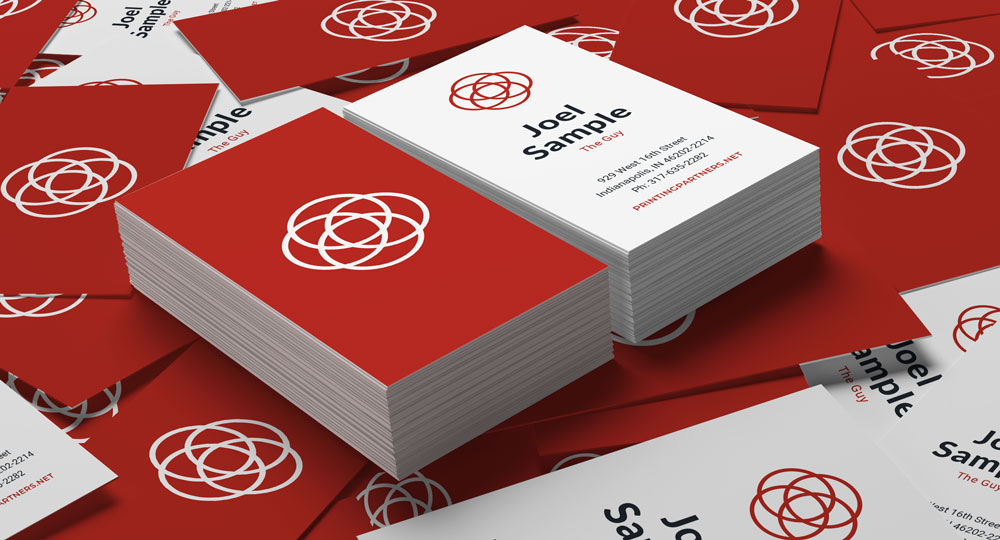
The Importance of Texture: Enhancing Your Print's Feel
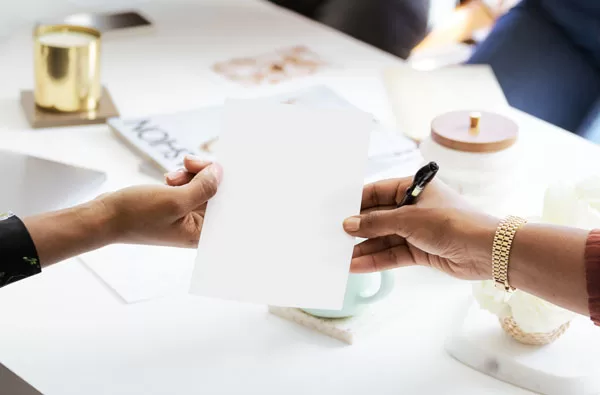
Sheet Opacity
Understanding Opacity in Paper: Opacity refers to how much print shows through from one side of the sheet to the other. It's an essential characteristic to consider, especially when printing on both sides of the paper. Here's how different levels of opacity suit various printing needs:
- High Opacity: Sheets with high opacity are perfect for double-sided printing as they prevent text and images from showing through the opposite side. Ideal for documents such as reports, brochures, and manuals where clarity and professionalism are crucial.
- Medium Opacity: Suitable for single-sided prints and standard office documents. These sheets offer a balance, ensuring that the print remains clear without the added cost of high opacity materials.
- Low Opacity: Often used for artistic purposes or specific effects, low opacity sheets allow some show-through and can be used creatively for overlays or nuanced design elements.
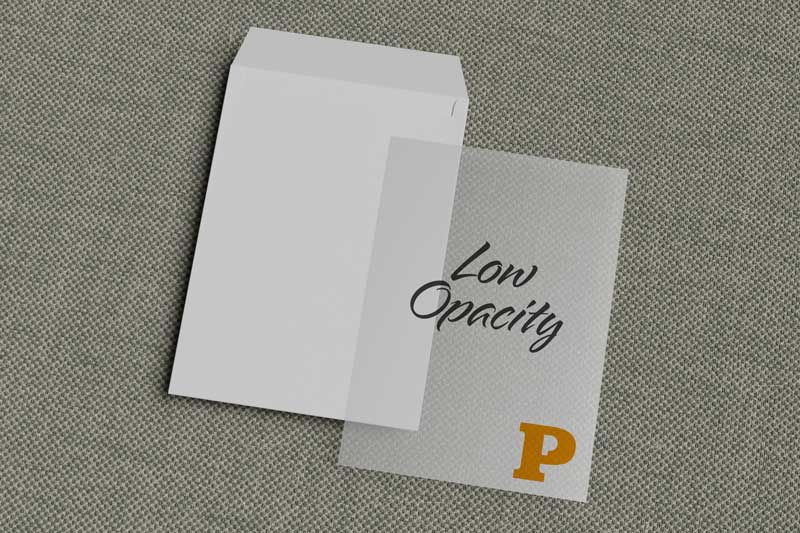
Conclusion
Choosing the correct subtstright and opacity levels is crucial for achieving the desired results in your printing projects. It ensures that your printed materials look professional, feel right, and convey your message effectively.
If you need help picking a finish, weight or printing tips, please reach out to us for more information. Contact Printing Partners if you have more questions. Our website has useful information for your printing needs. We want you to succeed in printing, and we're here to help you make smart choices that improve your projects.
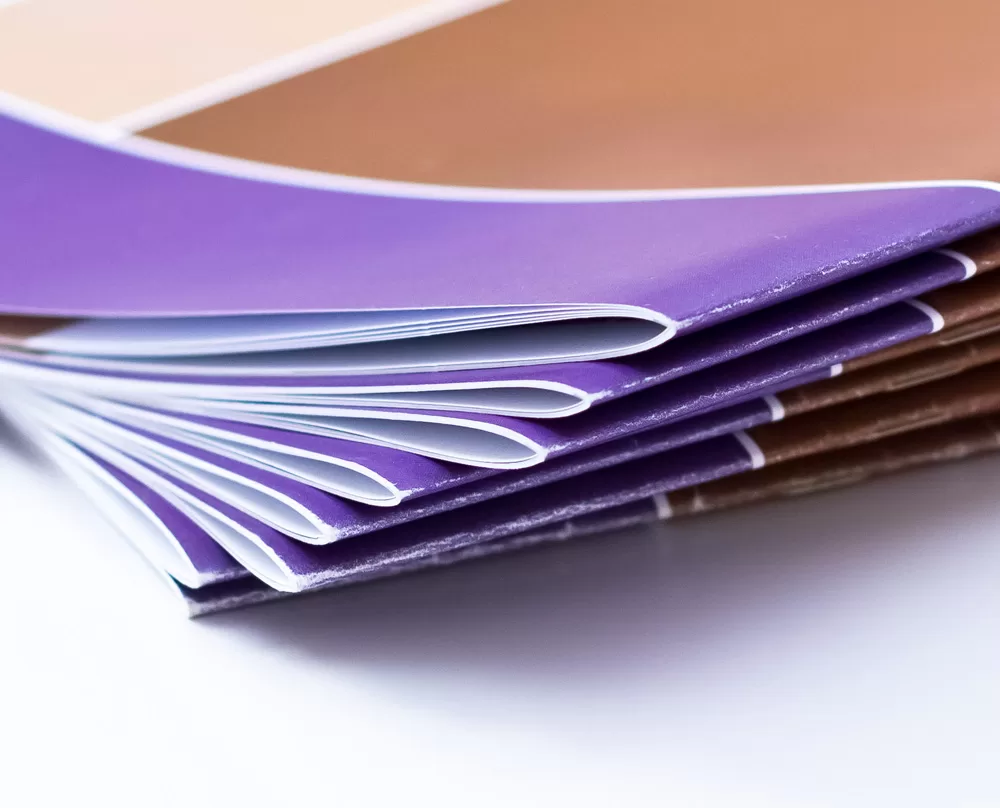
Paper FAQs
Is your printing company having trouble sourcing printing paper?

About the Author
Kraig Downham is the Marketing Director at Printing Partners, a key player in the offset commercial printing industry. Joining the company in 2005, Kraig has been instrumental in driving advancements in marketing, design, and technology. As a color expert, he is committed to delivering superior quality prints that meet the highest standards. His strong work ethic and dedication, honed during a 10-year journey with 4-H, have made him a pivotal figure in the company. For more about Kraig's professional endeavors, please visit his detailed profile.
- Page updated May 6, 2024



